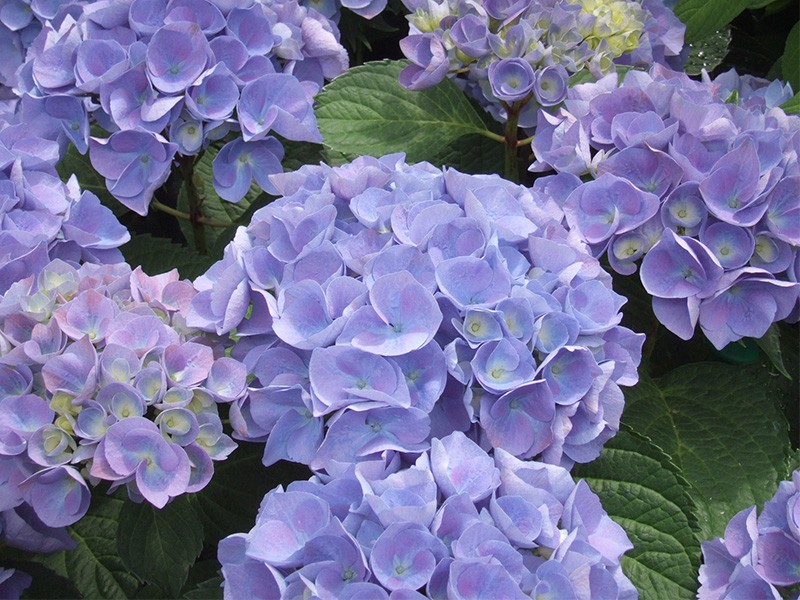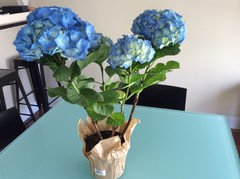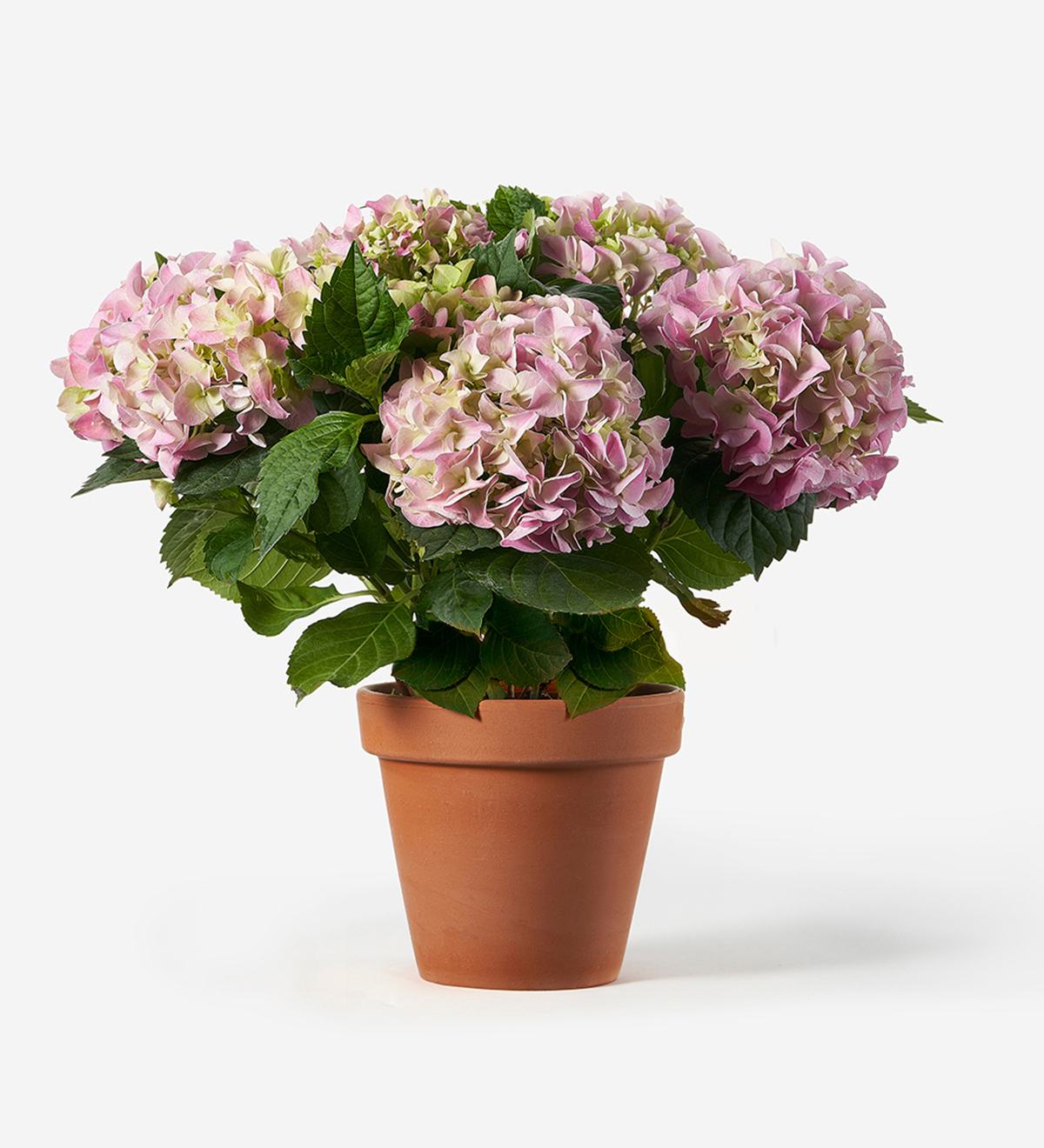Grow Your Own Hydrangea Brestenburg With This Easy Guide
Grow Your Own Hydrangea Brestenburg With This Easy Guide
Hydrangeas are some of the most popular flowering shrubs in the world, and for good reason. They come in a wide variety of colors, sizes, and shapes, and they can be grown in a variety of climates.
If you're looking for a beautiful and easy-to-grow hydrangea, the Brestenburg is a great option. This variety is known for its large, showy blooms that can be pink, blue, or purple. Brestenburg hydrangeas are also relatively pest- and disease-resistant, making them a low-maintenance choice for gardeners of all skill levels.
In this blog post, we'll provide you with an easy-to-follow guide on how to grow your own hydrangea Brestenburg. We'll cover everything from choosing the right location to planting and caring for your shrub.
So, let's get started!
Choosing the Right Location
The first step to growing a healthy hydrangea Brestenburg is choosing the right location. These shrubs prefer full sun to partial shade, and they need well-drained soil. If you have heavy clay soil, you may need to amend it with sand or compost to improve drainage.
Planting
Once you've chosen the right location, it's time to plant your hydrangea Brestenburg. Dig a hole that is twice as wide as the root ball and just as deep. Amend the soil in the hole with compost or other organic matter.
Place the hydrangea Brestenburg in the hole and backfill with soil. Water the shrub thoroughly.
Caring for Your Hydrangea Brestenburg
Hydrangea Brestenburgs are relatively low-maintenance shrubs, but there are a few things you can do to keep them healthy and thriving.
Water your hydrangea Brestenburg regularly, especially during the first year after planting. These shrubs need about 1 inch of water per week.
Fertilize your hydrangea Brestenburg in the spring with a balanced fertilizer. You can also use a fertilizer specifically formulated for hydrangeas.
Deadhead your hydrangea Brestenburg regularly to encourage new blooms. This means removing spent blooms as soon as they fade.
Pests and Diseases
Hydrangea Brestenburgs are relatively resistant to pests and diseases, but they can be susceptible to aphids, scale, and powdery mildew. If you see any signs of pests or diseases, treat them immediately with an appropriate insecticide or fungicide.
With proper care, your hydrangea Brestenburg will be a beautiful addition to your garden for many years to come.
Hydrangea brestenburg is a stunning variety of hydrangea that is known for its large, colorful blooms. The flowers can be pink, blue, or purple, depending on the pH of the soil. Hydrangea brestenburg is a relatively easy plant to grow, but it does require some care. It is important to water the plant regularly, especially during the hot summer months. You should also fertilize the plant in the spring and fall.
If you are interested in learning more about hydrangea brestenburg, I recommend visiting . This website has a wealth of information about the plant, including its history, care requirements, and varieties. You can also find photos of hydrangea brestenburg in bloom.
FAQ of hydrangea brestenburg
Q: What is Hydrangea Brestenburg?
A: Hydrangea Brestenburg is a deciduous shrub that is native to Japan. It is known for its large, showy blooms that can be pink, blue, or purple. Hydrangea Brestenburg is a popular choice for gardens because it is relatively easy to care for and is tolerant of a wide range of conditions.
Q: What are the best growing conditions for Hydrangea Brestenburg?
A: Hydrangea Brestenburg prefers full sun to partial shade and moist, well-drained soil. It is hardy in USDA zones 5-9.
Q: How do I care for Hydrangea Brestenburg?
A: Hydrangea Brestenburg requires regular watering, especially during the summer months. It should also be fertilized in the spring and fall. To encourage blooms, you can add lime to the soil if you live in an area with acidic soil.
Q: How do I deadhead Hydrangea Brestenburg?
A: Hydrangea Brestenburg should be deadheaded in the fall after the blooms have faded. This will help to encourage new growth and blooms the following year.
Q: What are some common pests and diseases that affect Hydrangea Brestenburg?
A: Hydrangea Brestenburg is susceptible to a few pests and diseases, including aphids, scale, and powdery mildew. If you notice any pests or diseases on your Hydrangea Brestenburg, you can treat them with insecticidal soap or neem oil.
Image of hydrangea brestenburg
- Image 1: A close-up of a white hydrangea brestenburg flower, showing the delicate petals and the dark green leaves.

- Image 2: A full-bloom hydrangea brestenburg bush, with large, white flowers cascading down the branches.

- Image 3: A hydrangea brestenburg bush in a garden, with the flowers surrounded by other flowers and greenery.

- Image 4: A hydrangea brestenburg flower in a vase, with the petals arranged in a loose, cascading pattern.

- Image 5: A hydrangea brestenburg flower in a terracotta pot, with the leaves and flowers contrasting against the orange clay.

Post a Comment for "Grow Your Own Hydrangea Brestenburg With This Easy Guide"